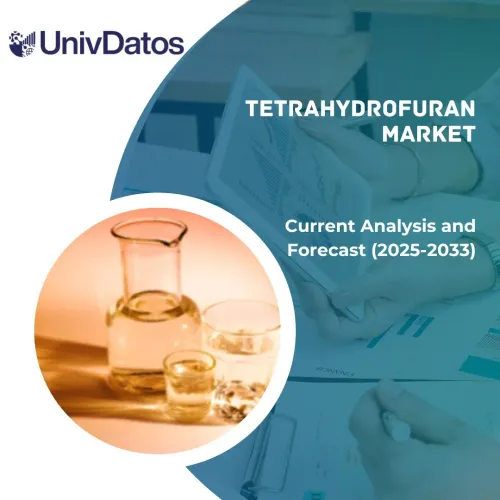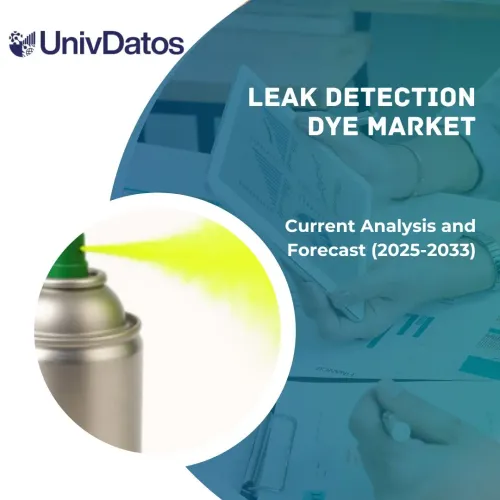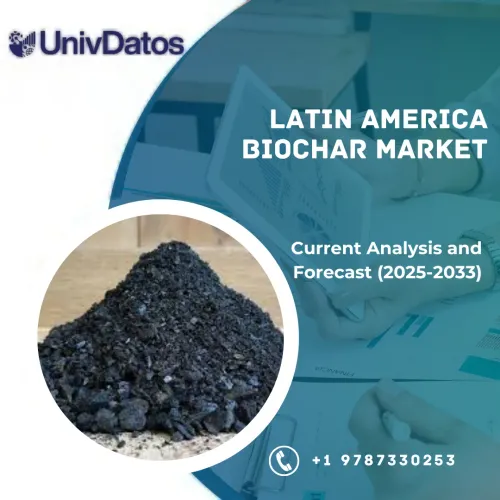- Strona główna
- O nas
- Branża
- Usługi
- Czytanie
- Kontakt
Rynek płynów do wymiany ciepła: aktualna analiza i prognoza (2021-2027)
Nacisk na rodzaj (oleje mineralne, płyny syntetyczne, glikole i inne); branżę (chemiczna, naftowa i gazowa, spożywcza, farmaceutyczna, odnawialne źródła energii, motoryzacyjna, HVAC-R i inne); oraz region i kraj
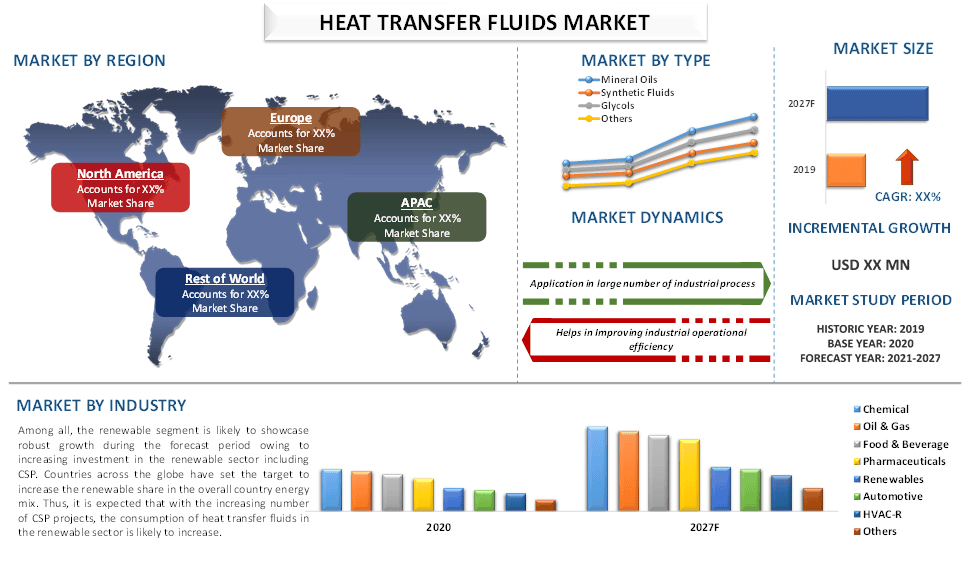
Oczekuje się, że globalny rynek płynów termotransferowych wykaże wzrost o około 4% w okresie prognozy. Płyn termotransferowy jest szeroko stosowany w przemyśle do różnych zastosowań, od prostych projektów statycznych po zaawansowane systemy wielofunkcyjne w przemyśle chemicznym lub naftowym i gazowym. Służy do utrzymywania wymaganej temperatury w procesie przemysłowym. Woda jest najpopularniejszym rodzajem płynu termotransferowego, jednak w wielu przypadkach stosuje się specjalne płyny termotransferowe, ze względu na ich lepszą temperaturę zamarzania i wrzenia. Niniejszy raport obejmuje wyłącznie specjalne płyny termotransferowe. Branże takie jak chemia, ropa i gaz, żywność i napoje, farmacja, odnawialne źródła energii, motoryzacja i HVAC-R, między innymi, należą do największych konsumentów specjalnych płynów termotransferowych. Ponadto, większa kontrola, dokładność i homogeniczność mogą być osiągnięte w procesie ogrzewania lub chłodzenia za pomocą płynu termotransferowego, dlatego w wielu przypadkach jest on preferowany w stosunku do bezpośredniego procesu ogrzewania. Wraz z rozwojem globalnej działalności przemysłowej, prawdopodobnie wzrośnie zużycie płynu termotransferowego. Na przykład, globalny przemysł chemiczny osiągnął wartość rynkową ponad 4 bilionów USD w 2018 roku, w porównaniu z około 3,1 biliona USD w 2010 roku. Jednak branża odnotowała spadek w 2019 i 2020 roku z powodu ograniczeń w łańcuchu dostaw, COVID-19, wahań cen surowców i niskiego wzrostu w branży końcowej.
Informacje przedstawione w raporcie
„Wśród typów płynów termotransferowych, płyny na bazie oleju mineralnego miały znaczący udział w rynku w 2020 roku”
Na podstawie typu, rynek jest podzielony na oleje mineralne, płyny syntetyczne, glikole i inne. Wśród nich segment olejów mineralnych miał znaczący udział w rynku. Można to przypisać jego niskim kosztom, dzięki czemu jest szeroko stosowany w przemyśle chemicznym oraz naftowym i gazowym. Ponadto, kraje rozwijające się, takie jak Chiny i Indie, preferowały tani płyn termiczny, aby utrzymać wydatki operacyjne, a tym samym utrzymać konkurencyjność na rynku.
„Wśród branż, sektor odnawialnych źródeł energii prawdopodobnie wykaże znaczny wzrost w okresie prognozy”
Na podstawie branży, rynek jest podzielony na chemię, ropę i gaz, żywność i napoje, farmację, odnawialne źródła energii, motoryzację, HVAC-R i inne. Spośród nich segment odnawialnych źródeł energii prawdopodobnie wykaże solidny wzrost w okresie prognozy ze względu na rosnące inwestycje w sektor odnawialnych źródeł energii, w tym CSP. Kraje na całym świecie wyznaczyły cel zwiększenia udziału odnawialnych źródeł energii w ogólnym krajowym miksie energetycznym. Oczekuje się zatem, że wraz ze wzrostem liczby projektów CSP, wzrośnie zużycie płynów termotransferowych w sektorze odnawialnych źródeł energii.
„Azja i Pacyfik odpowiadały za znaczny udział w globalnym rynku płynów termotransferowych”
Aby lepiej zrozumieć stopień wykorzystania płynów termotransferowych, rynek jest analizowany na podstawie jego obecności na całym świecie w krajach takich jak Ameryka Północna (Stany Zjednoczone, Kanada, Reszta Ameryki Północnej), Europa (Niemcy, Wielka Brytania, Francja, Włochy, Hiszpania i Reszta Europy), Azja i Pacyfik (Chiny, Japonia, Indie, Australia i Reszta APAC) oraz Reszta Świata. Azja i Pacyfik odpowiadały za znaczący udział w rynku ze względu na dużą bazę przemysłu chemicznego, motoryzacyjnego oraz naftowego i gazowego, które należą do największych konsumentów płynów termotransferowych. Ponadto, gospodarki regionu podejmują szereg kroków w celu promowania sektora odnawialnych źródeł energii, co ponownie napędza regionalny rynek płynów termotransferowych.
Powody, dla których warto kupić ten raport:
- Badanie obejmuje analizę wielkości rynku i prognozowania, zatwierdzoną przez uwierzytelnionych kluczowych ekspertów branżowych
- Raport przedstawia szybki przegląd ogólnej wydajności branży na pierwszy rzut oka
- Raport obejmuje dogłębną analizę wybitnych konkurentów branżowych, z głównym naciskiem na kluczowe dane finansowe przedsiębiorstwa, portfel produktów, strategie ekspansji i najnowsze wydarzenia
- Szczegółowe badanie czynników napędzających, ograniczeń, kluczowych trendów i możliwości występujących w branży
- Badanie kompleksowo obejmuje rynek w różnych segmentach
- Dogłębna analiza branży na poziomie krajowym
Opcje dostosowywania:
Globalny rynek płynów termotransferowych można dodatkowo dostosować zgodnie z wymaganiami lub dowolnym innym segmentem rynku. Ponadto, UMI rozumie, że możesz mieć własne potrzeby biznesowe, dlatego skontaktuj się z nami, aby uzyskać raport, który w pełni odpowiada Twoim wymaganiom.
Spis treści
Metodologia badań dla analizy globalnego rynku płynów termotransferowych (2019-2027)
Analiza historycznego rynku, szacowanie obecnego rynku i prognozowanie przyszłego rynku płynów termotransferowych to trzy główne kroki podejmowane w celu stworzenia i przeanalizowania jego adopcji na całym świecie. Przeprowadzono wyczerpujące badania wtórne w celu zebrania historycznych danych rynkowych i oszacowania obecnej wielkości rynku. Po drugie, aby zweryfikować te spostrzeżenia, wzięto pod uwagę liczne ustalenia i założenia. Ponadto przeprowadzono wyczerpujące wywiady pierwotne z ekspertami branżowymi w całym łańcuchu wartości przemysłu płynów termotransferowych. Po założeniu i zatwierdzeniu danych rynkowych poprzez wywiady pierwotne, zastosowaliśmy podejście oddolne, aby prognozować pełną wielkość rynku. Następnie zastosowano metody podziału rynku i triangulacji danych w celu oszacowania i przeanalizowania wielkości rynku segmentów i podsegmentów dotyczących branży. Szczegółowa metodologia jest wyjaśniona poniżej:
Uzyskaj więcej informacji o metodologii badań
Analiza historycznej wielkości rynku
Krok 1: Dogłębne badanie źródeł wtórnych:
Przeprowadzono szczegółowe badania wtórne w celu uzyskania historycznej wielkości rynku płynów termotransferowych za pośrednictwem wewnętrznych źródeł firmy, takich jak raporty roczne i sprawozdania finansowe, prezentacje wyników, komunikaty prasowe itp. oraz źródeł zewnętrznych, w tym czasopism, wiadomości i artykułów, publikacji rządowych, publikacji konkurencji, raportów sektorowych, baz danych stron trzecich i innych wiarygodnych publikacji.
Krok 2: Segmentacja rynku:
Po uzyskaniu historycznej wielkości rynku płynów termotransferowych przeprowadziliśmy szczegółową analizę wtórną w celu zebrania aktualnych informacji o rynku i udziału dla różnych segmentów i podsegmentów dla głównych regionów. Główny segment jest uwzględniony w raporcie według rodzaju i branży. Ponadto przeprowadzono analizy regionalne i krajowe w celu oceny ogólnego wdrożenia płynów termotransferowych na całym świecie.
Krok 3: Analiza czynnikowa:
Po zdobyciu historycznej wielkości rynku różnych segmentów i podsegmentów przeprowadziliśmy szczegółową analizę czynnikową w celu oszacowania obecnej wielkości rynku płynów termotransferowych. Ponadto przeprowadziliśmy analizę czynnikową przy użyciu zmiennych zależnych i niezależnych, takich jak rozszerzająca się produkcja przemysłowa i rosnąca świadomość dotycząca oszczędzania energii. Przeprowadzono dokładną analizę scenariuszy popytu i podaży, biorąc pod uwagę rosnące inwestycje, najważniejsze partnerstwa, fuzje i przejęcia, ekspansję biznesową i wprowadzanie produktów na rynek w branży płynów termotransferowych.
Szacowanie obecnej wielkości rynku i prognoza
Szacowanie obecnej wielkości rynku: W oparciu o przydatne informacje z powyższych 3 kroków doszliśmy do obecnej wielkości rynku, kluczowych graczy na globalnym rynku płynów termotransferowych i udziałów w rynku każdego segmentu. Wszystkie wymagane udziały procentowe i podziały rynku zostały określone przy użyciu wspomnianego powyżej podejścia wtórnego i zweryfikowane poprzez wywiady pierwotne.
Szacowanie i prognozowanie: Do szacowania i prognozowania rynku przypisano wagi różnym czynnikom, w tym czynnikom napędzającym i trendom, ograniczeniom i możliwościom dostępnym dla interesariuszy. Po przeanalizowaniu tych czynników zastosowano odpowiednie techniki prognozowania, tj. podejście oddolne, aby dojść do prognozy rynkowej do 2027 r. dla różnych segmentów i podsegmentów w głównych regionach na całym świecie. Metodologia badań przyjęta do oszacowania wielkości rynku obejmuje:
- Wielkość rynku branży pod względem wartości (USD) i wskaźnik adopcji płynów termotransferowych na głównych rynkach
- Wszystkie udziały procentowe, podziały i podziały segmentów i podsegmentów rynku
- Kluczowi gracze na rynku płynów termotransferowych. Ponadto strategie rozwoju przyjęte przez tych graczy w celu konkurowania na szybko rozwijającym się rynku.
Weryfikacja wielkości i udziału w rynku
Badania pierwotne: Przeprowadzono dogłębne wywiady z kluczowymi liderami opinii (KOL), w tym z kadrą kierowniczą wyższego szczebla (CXO/VPs, szef działu sprzedaży, szef działu marketingu, szef działu operacyjnego, szef działu regionalnego, szef działu krajowego itp.) w głównych regionach. Następnie podsumowano wyniki badań pierwotnych i przeprowadzono analizę statystyczną w celu udowodnienia postawionej hipotezy. Dane wejściowe z badań pierwotnych zostały skonsolidowane z wynikami wtórnymi, przekształcając w ten sposób informacje w przydatne spostrzeżenia.
Podział uczestników badań pierwotnych według interesariuszy i regionów
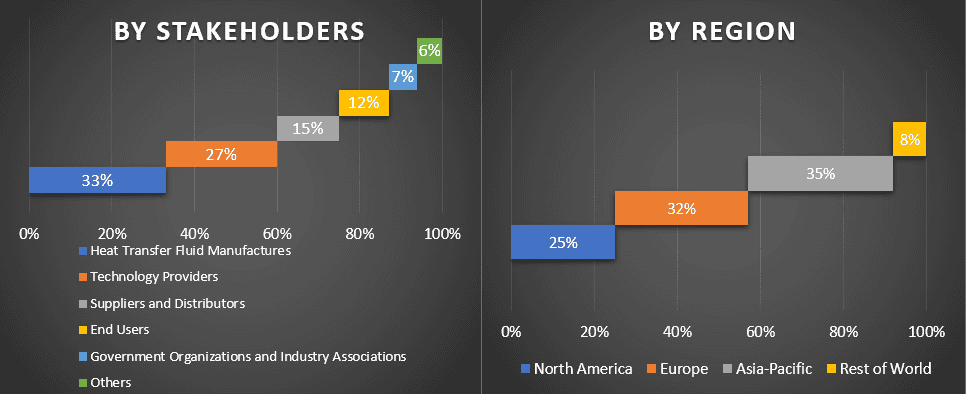
Inżynieria rynku
Zastosowano technikę triangulacji danych, aby ukończyć ogólne szacowanie rynku i dojść do precyzyjnych danych statystycznych dla każdego segmentu i podsegmentu globalnego rynku płynów termotransferowych. Dane zostały podzielone na kilka segmentów i podsegmentów po przestudiowaniu różnych parametrów i trendów w obszarze rodzaju i branży.
Główny cel badania rynku płynów termotransferowych
W badaniu wskazano obecne i przyszłe trendy na globalnym rynku płynów termotransferowych. Inwestorzy mogą uzyskać strategiczne informacje, na których mogą oprzeć swoje decyzje inwestycyjne, na podstawie analizy jakościowej i ilościowej przeprowadzonej w badaniu. Obecne i przyszłe trendy rynkowe określą ogólną atrakcyjność rynku na poziomie krajowym, zapewniając platformę dla uczestnika przemysłowego do wykorzystania niewykorzystanego rynku w celu uzyskania korzyści jako pierwszy gracz. Inne ilościowe cele badań obejmują:
- Analiza obecnej i prognozowanej wielkości rynku płynów termotransferowych pod względem wartości (USD). Ponadto analiza obecnej i prognozowanej wielkości rynku różnych segmentów i podsegmentów
- Segment w badaniu obejmuje obszar rodzaju i branży
- Zdefiniowana analiza ram regulacyjnych dla przemysłu płynów termotransferowych
- Analiza łańcucha wartości związanego z obecnością różnych pośredników, wraz z analizą zachowań klientów i konkurentów w branży
- Analiza obecnej i prognozowanej wielkości rynku płynów termotransferowych dla głównych krajów
- Główne regiony/kraje analizowane w raporcie obejmują Amerykę Północną (USA, Kanada, reszta Ameryki Północnej), Europę (Niemcy, Wielka Brytania, Francja, Włochy, Hiszpania, reszta Europy), Azję i Pacyfik (Chiny, Japonia, Indie, Australia, reszta Azji i Pacyfiku) i resztę świata
- Profile firm graczy na rynku płynów termotransferowych i strategie rozwoju przyjęte przez nich w celu utrzymania się na rosnącym rynku
- Dogłębna analiza branży na poziomie krajowym
Powiązane Raporty
Klienci, którzy kupili ten przedmiot, kupili również

